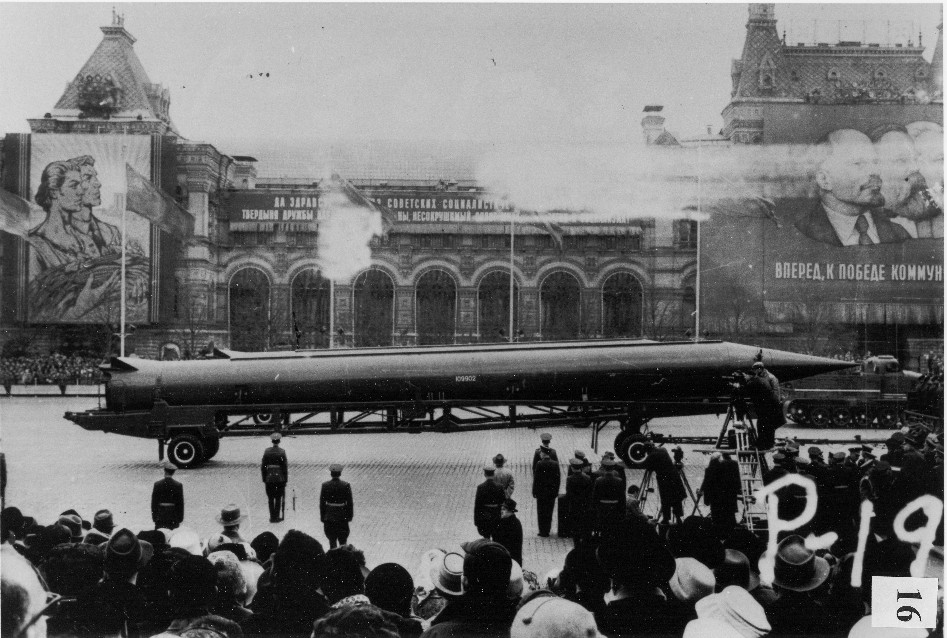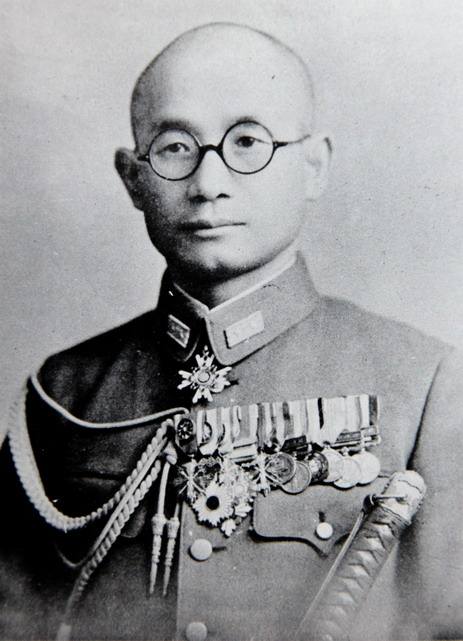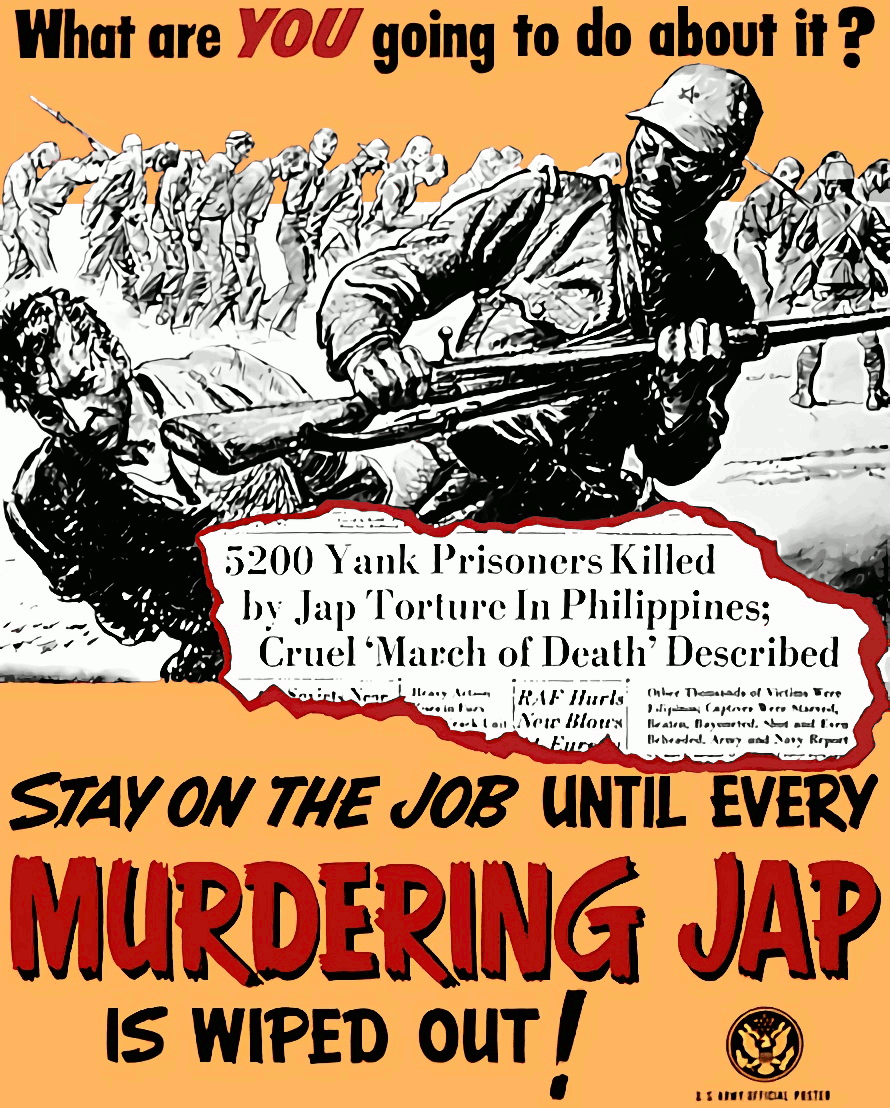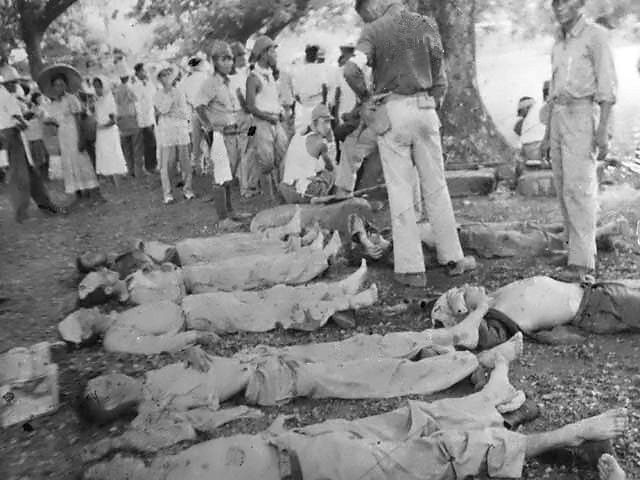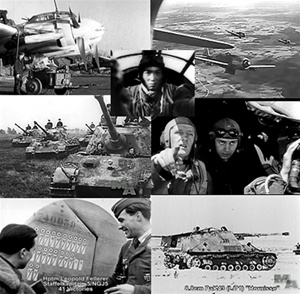Perhaps the worst nuclear power plant accident in history occurred on April 26, 1986 at the Chernobyl Nuclear Power Plant in present day Ukraine, next to the town of Pripyat. Then it was the Ukrainian Soviet Socialist Republic, part of the Soviet Union. At 1:23 AM on the 26th, reactor number four had a catastrophic power rise which caused explosions in the reactor core. This shot out large amounts of radioactive fuel and core materials into the atmosphere and also caught the graphite moderator on fire. A moderator regulates the temperature of uranium in a power plant, causing them to be highly radioactive. And since it burned, it released radioactive particles in the smoke which was carried by the wind. Unfortuneatley this reactor was not contained by any kind of containment building, such as the concrete ones at San Onofre power plant. Ironically, the accident occurred during a scheduled experiment to test an emergency core cooling feature, to be used during a shutdown procedure.
The explosion sent a cloud of radioactive fallout into the atmosphere which eventually drifted over a large geographical area. This impacted the towns of Pripyat and Belarus most substantially but most of Ukraine, large parts of the western Soviet Union, and all over Europe except the Iberian Peninsula, had experienced the fallout. The immediate towns like Pripyat and Belarus were evacuated in the first 36 hours and other areas in Ukraine and the USSR were evacuated later, causing over 335,000 people to have to resettle. According to official post-Soviet data, about 60% of the fallout landed in Belarus, while the power plant’s home town of Pripyat has been abandoned for the most part, as there is a 17 mile exclusion zone where no one is allowed to live. Any use of this land would not be safe for at least another 200 years, and the area around the explosion site would be safe in 20,000 years.
About four hundred times more radioactive material was released by the meltdown than had been by the atomic bombing of Hiroshima. What possibly scares people the most in learning about this disaster is that the USSR government had tried to keep it a secret, in embarrassment. That is why they evacuated people in Pripyat over a day later when it was obviously very dangerous to stay there. The Soviet government also did the evacuation in secrecy before it became known in the western Soviet Union. The accident raised concerns about the safety of the Soviet nuclear power industry as well as nuclear power in general. These worries slowed its expansion for a number of years while forcing the Soviet government to become less secretive. It is considered the worst nuclear power plant accident in history and is the only level 7 event on the International Nuclear Event Scale. Although most people were not deathly afraid of nuclear annihilation like during the peaks of the Cold War, this accident slowed down advancements in power plants. The immediate death toll after the explosion was 31 of the power plant workers but the Ukrainian government has estimated the number of deaths among clean-up workers alone as 7,000-8,000. Unfortunately, many people back then were completely unaware of the dangerous effects of radiation and did not wear any protective gear while entering highly radioactive areas. This, without a doubt, cause a majority of the deaths. Total civilian casualties are unknown but it is estimated that over a million were affected by the radioactive fallout. However, the toll on the environment will possibly never recover.
WC 589










